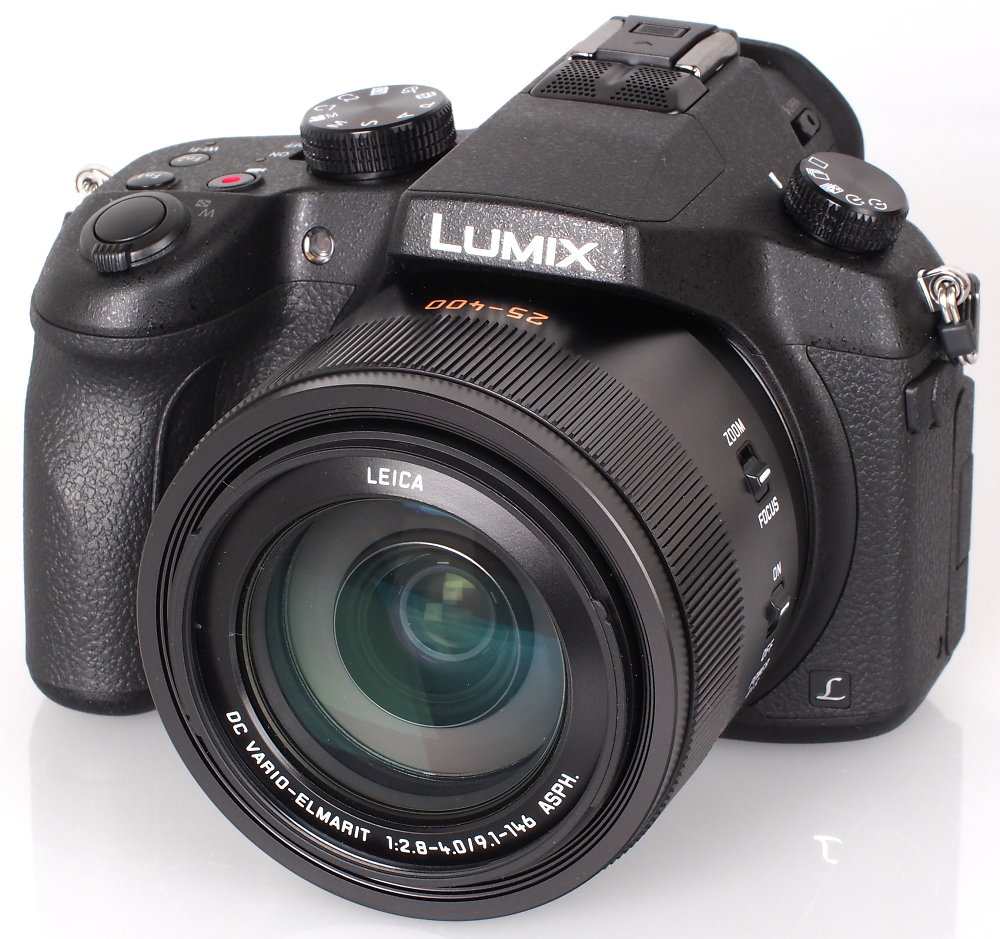Here’s a bold statement from the Thomas Pindelski in relation to the new Panasonic FZ1000 super-bridge camera:
This Panasonic fixed zoom lens DSLR is one of a handful of superzooms on the market (Sony’s RX10 is another) which heralds the demise not only of flapping mirror DSLRs but also the day of interchangeable lenses. It differs materially from earlier superzooms damned with small aperture and highly variable speed lenses, poor optical quality and minuscule sensors.
Thomas has a point, of course. Bridge cameras have been beyond the pale in many eyes because they combine the worst of both worlds–small sensor with big size. The FZ1000 and the Sony RX10 are different. Big they still are, but the 1in sensor is a quantum leap in ability from the pinprick chips of most of the bridge bunch.

Even I am tempted: A camera like this with a respectable sensor and a built-in 25-400mm (equivalent) zoom is nothing to be dismissed out of hand. Yet I am not entirely sure Pindelski is right in suggesting that the Panasonic and Sony sound the death knell for DSLRs and other interchangeable-lens cameras. There will always be room for those who love the idea of swapping lenses and enjoying a high degree of control—whether with a mirrorless or mirrored design.
He is right in suggesting that these super zoom bridge cameras will make inroads. Nikon and Canon, too late to the mirrorless party, are hurting as camera sales plummet. Martin Kalaydjian writing in THE.ME is rightly worried about overall camera sales which have fallen from 121 million in 2010 to less than 40 million in 2014:
If this trend continues much longer, we will have a a very different future to look forward to. There will always be millions of people who prefer using real cameras to take photos, rather than cell phones or tablets. They aren’t going away. But there will be a lot fewer of us in the future. So the industry will have to adjust to that.
As smartphones kill off the point-and-shoot market there will be a flight to the high-end, targeted at photographic enthusiasts who, while acknowledging smartphone abilities and perhaps using themselves for snaps, will want something more. Even Leica, with its new boutique approach, has its place at the head of the price table.
The FZ1000, like the RX10, puts some much-needed life into the market and shows that there is room for the photo enthusiast who wants better results but can’t be bothered with the paraphernalia that goes with DSLRs and ILCs.
